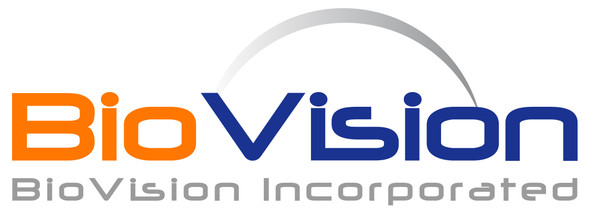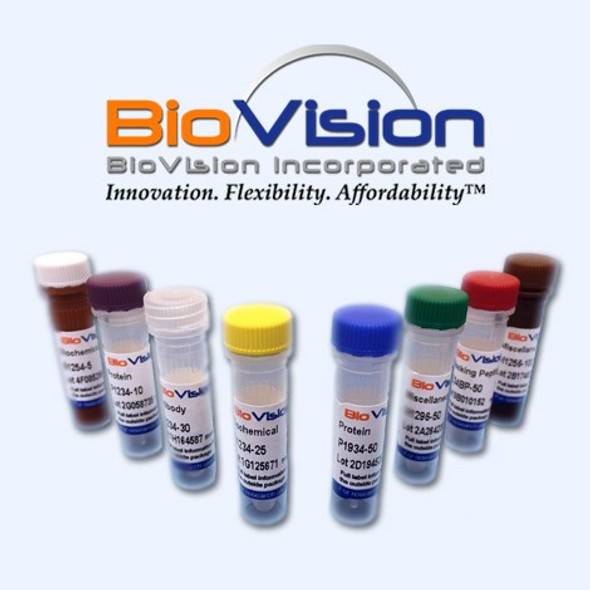Description
SHANK3 Antibody (Center)is available at Gentaur for Next week Delivery.
Description: SH3 and multiple ankyrin repeat domains 3 (SHANK3), a member of the Shank gene family, plays a role in synapse formation and dendritic spine maturation. Shank proteins (Shank 1-3) containing PDZ domains are scaffold proteins of the postsynaptic density (PSD) that connect neurotransmitter receptors and ion channels proteins to the actin cytoskeleton and G-protein-coupled signaling pathways. Transcript splice variation in the Shank family influences the spectrum of Shank-interacting proteins in the PSDs of adult and developing brain to ensure normal development. Mutations of SHANK3 are a cause of autism spectrum disorder (ASD) and the neurological symptoms of 22q13.3 deletion syndrome.
Immunogen Sequence:SHANK3 antibody was raised against a 19 amino acid synthetic peptide near the center of human SHANK3.
Target Alternative Name:SH3 and multiple ankyrin repeat domains 3, ProSAP2, PSAP2, SPANK-2, Proline-rich synapse-associated protein 2
Species Reactivities:Human, Mouse
Tag Line:/
Formulation:100 µg (1 mg/ml) in 1X PBS containing 0.02 % sodium azide.
Purification: Affinity chromatography purified via peptide column
Application:Western blot, IHC, ELISA
Positive Control:Western Blot:3T3 cell Lysate IHC: Human brain tissue
Application And Usages:Western Blot: 1 μg/ml, IHC: 2.5 μg/ml, ELISA. However, the optimal conditions should be determined individually.
Handling:The antibody solution should be gently mixed before use.
Additional Information
Size: |
100 µg |
Antibody Target: |
SHANK3 |
Category: |
SHANK3 |
Lot Number: |
70917 |
Host: |
Rabbit |
Antibody Type: |
Polyclonal |
Isotype: |
Rabbit IgG1 |
Accession Number: |
Q9BYB0 |
Gene Id: |
85358 |
Concentration: |
1 mg/ml |
Appearance: |
Colorless liquid |
Form: |
Liquid |
Storage Condition: |
-20 °C |
Shipping Condition: |
gel pack |
Shelf Life: |
12 months |
Country of Animal Origin: |
China |
Country of Manufacture: |
USA |
Usage: |
For Research Use Only! Not to be used in humans. |
Western Blot Verified: |
Verified |
Immunocytochemistry Verified: |
Verified |
Immunofluorescence Verified: |
Not Verified |
Immunoprecipitation Verified: |
Not Verified |
FACS Verified: |
Not Verified |
ELISA Verified: |
Verified |
ChIP Verified: |
Not Verified |
Flow Cytometry Verified: |
Not Verified |







